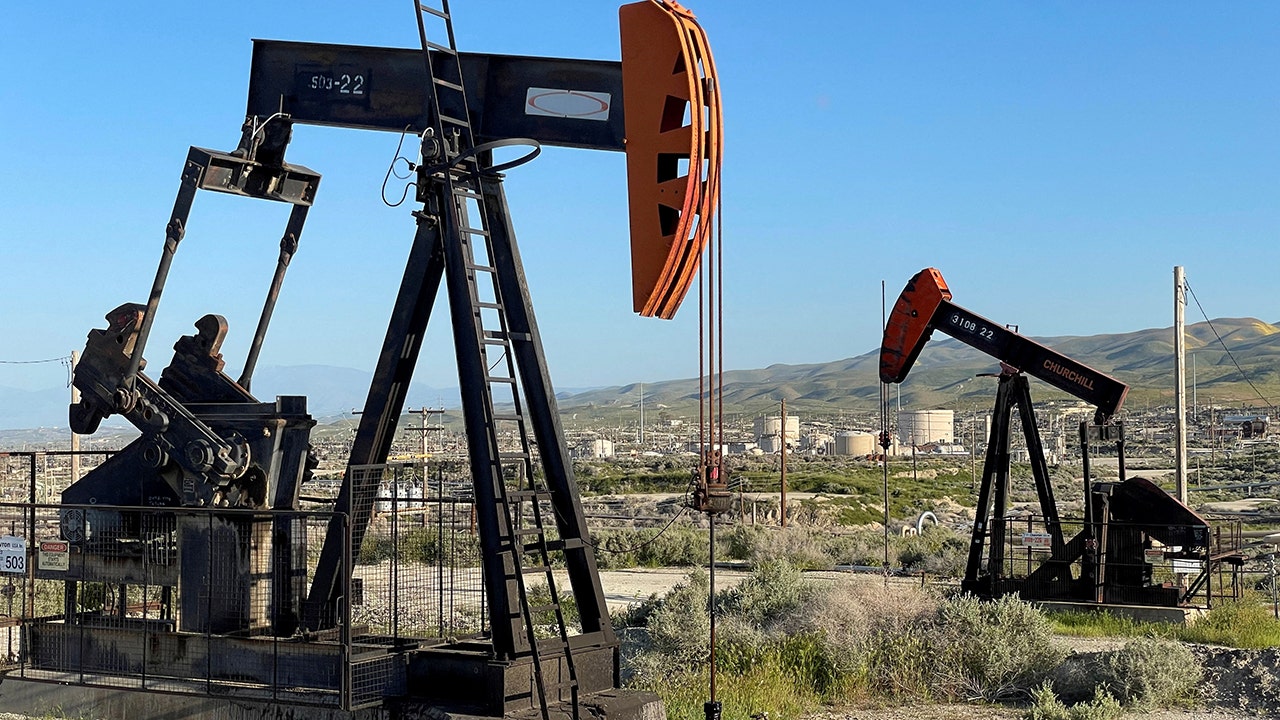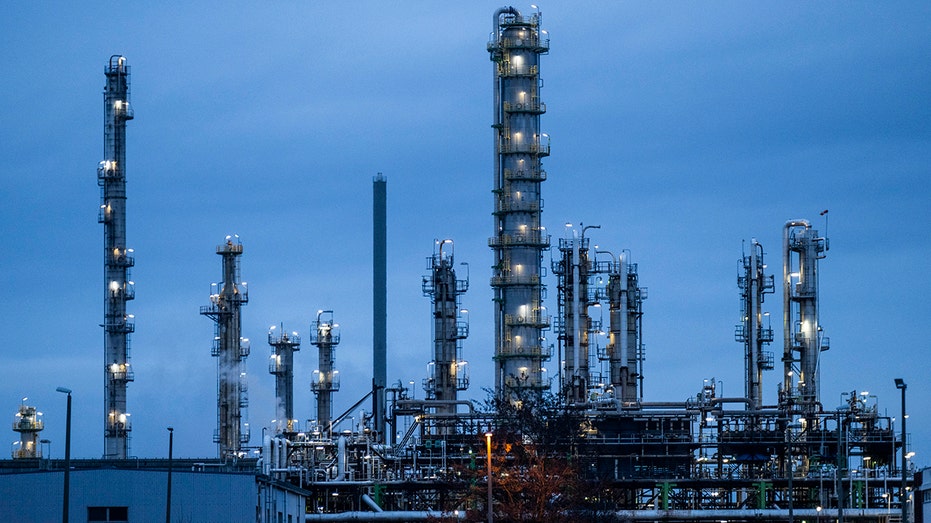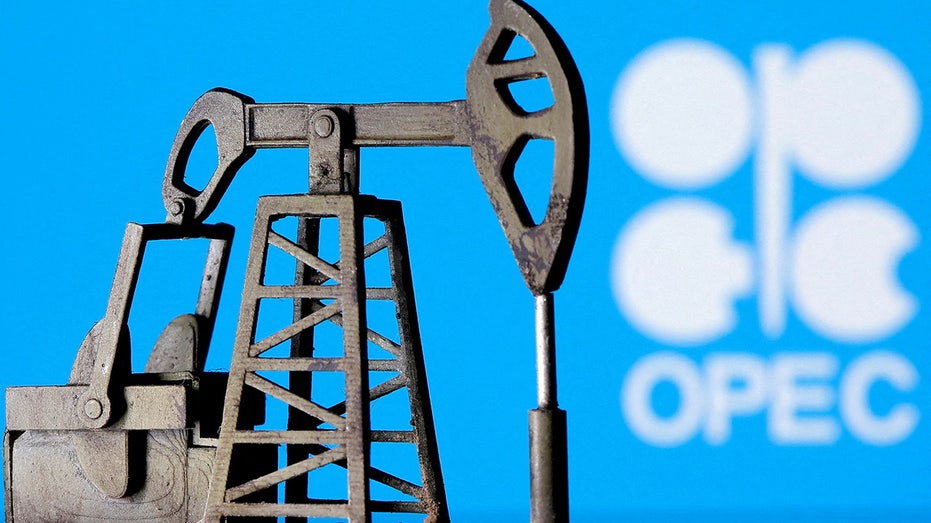Finance
US crude oil falls below $70, the lowest since June

Oil prices fell nearly 4% on Wednesday to their lowest settlements since June, as worries about global fuel demand mounted after U.S. data showed a larger-than-expected rise in gasoline inventories.
Brent crude futures settled down $2.90, or 3.8%, at $74.30 a barrel. U.S. WTI crude futures fell by $2.94, or 4.1%, to $69.38 a barrel.
“There is demand destruction coming in from the fuel side,” said Dennis Kissler, senior vice president of trading at BOK Financial.
“The market is more demand focused than supply focused right now.”
FTC INVESTIGATES EXXON’S $60 BILLION DEAL FOR PIONEER
Concerns over China’s economic health and future fuel demand also weighed on prices, a day after rating agency Moody’s lowered the outlook on China’s A1 rating to negative from stable.
U.S. gasoline stocks rose by 5.4 million barrels last week, the Energy Information Administration said, more than quintuple the 1 million-barrel rise that analysts had expected. U.S. gasoline futures plummeted to their lowest in two years.
“Even though it was not the peak gasoline season, demand during the long Thanksgiving holiday weekend was lackluster,” said John Kilduff, partner with Again Capital LLC.
BIDEN ADMINISTRATION PLANS TO BUY 2.7M OIL BARRELS TO REFILL EMERGENCY STOCKPILE

Gasoline demand last week lagged the 10-year seasonal average by 2.5%.
The U.S. dollar also touched a two-week high, which pressures demand by making oil more expensive for holders of other currencies.
An unexpected fall in U.S. crude inventories did little to support prices. Crude inventories fell by 4.6 million barrels, far exceeding the 1.4 million-barrel drop analysts had expected. [EIA/S]
SAUDI ARABIA EXTENDS OIL PRODUCTION CUTS INTO START OF 2024

OPEC+, the Organization of the Petroleum Exporting Countries and allies such as Russia agreed late last week on voluntary output cuts of about 2.2 million barrels per day (bpd) for the first quarter of 2024.
This week, Saudi and Russian officials said the cuts should prevent a build up in oil inventories in the first quarter and could be extended or deepened.
Despite the OPEC+ supply curbs, prices have slipped nearly 11% since the settlement on Nov. 29, the day before OPEC+ met.
On Wednesday, Russian president Vladimir Putin traveled to the United Arab Emirates and Saudi Arabia to meet with the UAE’s President Sheikh Mohammed Bin Zayed Al Nahyan and Saudi Crown Prince Mohammed bin Salman. Oil and OPEC+ were on the agenda.
Forward prices for U.S. crude were at their steepest premium to prompt barrels, a sign of ample supply and growing fears of slow demand.
Read the full article here


















